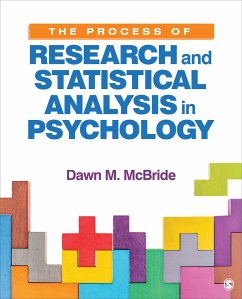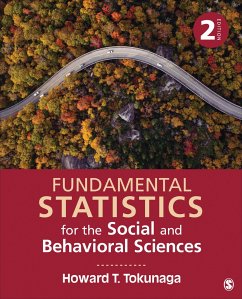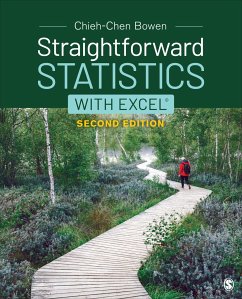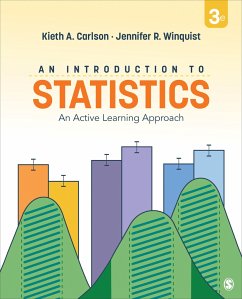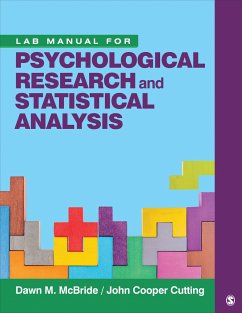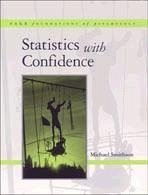Nicht lieferbar
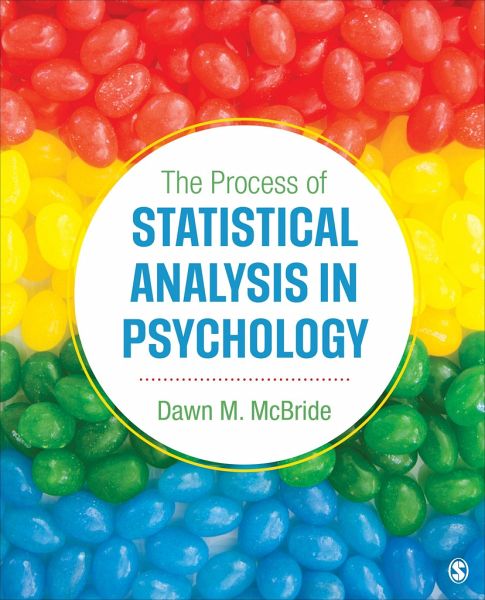
Dawn M. McBride
Broschiertes Buch
The Process of Statistical Analysis in Psychology
Versandkostenfrei!
Nicht lieferbar




This new text provides students with the background and the process of statistical analysis along with the nuts and bolts tools for applying specific statistical tools to data from research studies.
Dawn M. McBride is professor of psychology at Illinois State University, where she has taught research methods since 1998. Her research interests include automatic forms of memory, false memory, prospective memory, task order choices, and forgetting. In addition to research methods, she teaches courses in introductory psychology, cognition and learning, and human memory; she also teaches a graduate course in experimental design. She is a recipient of the Illinois State University Teaching Initiative Award and the Illinois State University SPA/Psi Chi Jim Johnson Award for commitment to undergraduate mentorship, involvement, and achievement. Her nonacademic interests include spending time with her family, traveling, watching Philadelphia sports teams (it was a good year for Philly sports this year!), and reading British murder mysteries. She earned her PhD in cognitive psychology from the University of California, Irvine, and her BA from the University of California, Los Angeles.
Produktdetails
- Verlag: SAGE Publications Inc
- Seitenzahl: 392
- Erscheinungstermin: 4. Oktober 2017
- Englisch
- Abmessung: 239mm x 188mm x 20mm
- Gewicht: 638g
- ISBN-13: 9781506325224
- ISBN-10: 150632522X
- Artikelnr.: 48030417
Herstellerkennzeichnung
Libri GmbH
Europaallee 1
36244 Bad Hersfeld
gpsr@libri.de
Für dieses Produkt wurde noch keine Bewertung abgegeben. Wir würden uns sehr freuen, wenn du die erste Bewertung schreibst!
Eine Bewertung schreiben
Eine Bewertung schreiben
Andere Kunden interessierten sich für



